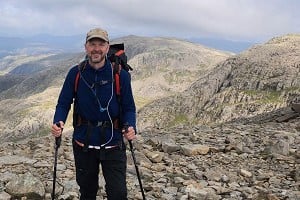
In this article Mark Glaister details the best sport climbing venues throughout the UK for the mid to low grade climber. Showing that from the South West to Scotland, there are a number of quality sport climbing crags.
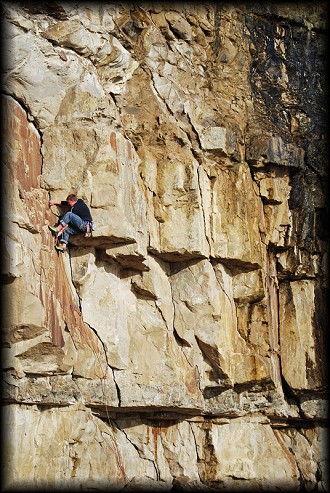
The South and West
Sport climbing venues down in this part of the world are fairly thick on the ground and cater well for the mid and lower grade climber. Both Portland and the quarries of Swanage offer the UK's greatest concentration of year-round quality sport climbs with hundreds of climbs in the 3+ to 6b grade range. If you have to spend Christmas with a relative in Bournemouth don't forget the tee-shirt as a sunny morning at The Cuttings or afternoon at Winspit could well turn out to be a touch on the warm side!
Away from the coast the next most popular areas are the towering walls and spires of Cheddar Gorge and the beautifully positioned cliffs of the Wye Valley. Cheddar Gorge caters for all sport climbers from beginner to athlete but those wanting single pitch lines in the 5s and 6s mostly frequent it. It is especially good for those looking for something a bit different with regard to multi-pitch sport climbs although there are masses of single-pitch lines – many being roadside or within a five minute walk of the car parks. Cheddar has many restrictions and seasonal climbing bans and it is essential to check on these before planning a visit see the BMC's Regional Access Database (RAD). The Wye Valley is a beautiful and relatively quiet spot compared to the hustle and bustle of Cheddar Gorge but is another location that really should not be over-looked and makes a fantastic weekend destination with excellent camping and pubs. The low to mid-grade sport pitches on the areas biggest cliff Wintour's Leap are dotted around amongst the trad lines but at the escarpment of Ban y gor and the quarries of Tintern and Wyndcliffe Quarry (just over the river in Wales) are a good selection of lines that can easily be picked off without too much walking in-between. A good tip at Tintern Quarry is to remember the maxim that 'less is more', the shorter lines encountered on the right being on better rock than the eye-catching 35m lines.
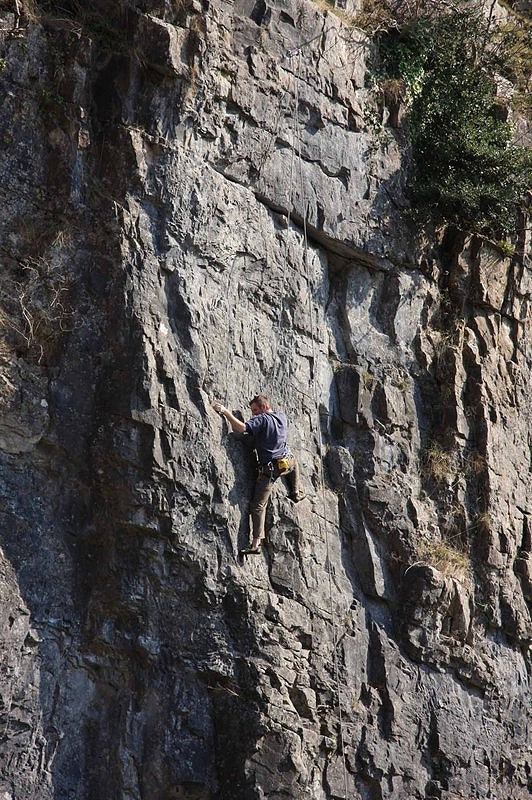
Wales
Although the sport climbing in Wales pales in significance when compared to the trad climbing quality and quantity, it still has a wealth of climbs to offer those searching for lower grade climbs and there is a surprisingly good spread of possibilities. In South Wales the sandstone and limestone quarries of the valleys and the cliffs of Gower hold a vast amount of sport climbs that range from the fingery wall pitches at the likes of Taff's Well and The Gap to the steeper lines on the coastal limestone. A current up-to-date printed guidebook to the whole area is not available but plenty of information can be gleaned from the websites: www.sportsclimbs.co.uk and www.swmc.org.uk/wiki. Information on the sport climbing on Gower is available in two guides: Gower Sport Climbing and Gower Rock.
Surprisingly there is even some sea-cliff sport climbing not far from Pembroke, the nearby sandstone and limestone walls of Telpyn and Morfa Buchan being both remote and well-equipped. Mid-Wales is a no-no for sport climbs, but to the north of the country things pick up at the limestone escarpment above the tourist town of Llangollen. Trevor Quarries and the natural cliffs of Dinbren and Craig Arthur hold plenty of excellent low and mid range sport pitches that although high and exposed, are quick to dry and handy for a stop-off if washed out in Snowdonia.
Closer to the big hills are the ever increasing numbers of good lower grade lines being developed along the A55 coastal road with those on the flowstone at Penmaen Head being particularly good and close to the ever popular Castle Inn Quarry. Of North Wales' longer established sport climbing spots the Slate quarries of Llanberis (warning some of the lines here although bolted and given sport grades are run-out – but the Llanberis Slate guide from Ground-Up will see you right and the seaside walls at The Ormes near Llandudno have a lots on offer in the lower and mid-grades although a good deal of walking is required as the quality lines are fairly well spread around.
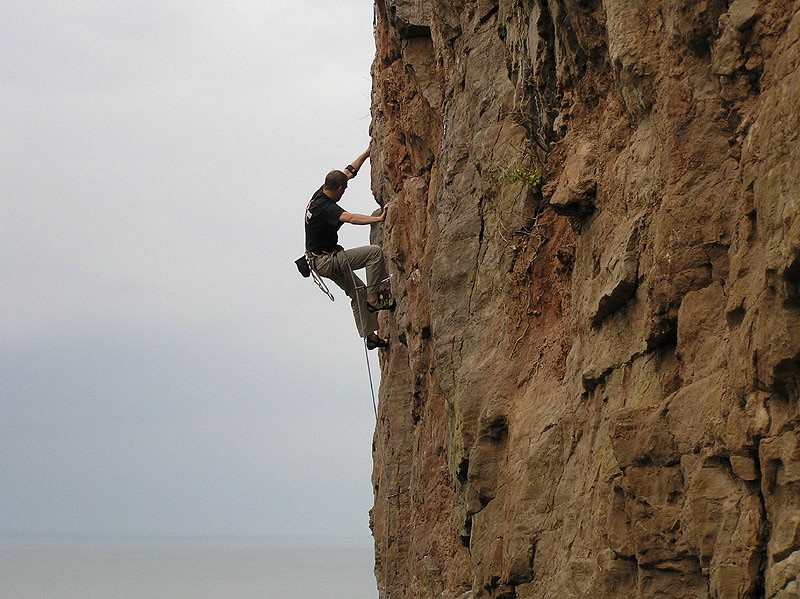
The Peak
The Peak has an absolutely massive number of sport climbs scattered down in its dales and high on its open hills but many punctuate large arrays of hard climbs. It is quite possible to wander (or these days cycle) down Cheedale and pick off its better lower and mid grade lines, (Blackwell Halt and Blatant Buttress have its best concentration of mid 6s), but for a high concentration of lines in these grades it is necessary to head up out of the valley to the quarries. Both Horseshoe Quarry and Harper Hill/Smalldale Quarry are where it is at for those looking for a profusion of lines that will require more than a couple of visits for the best to be sampled. Neither venue is pretty but with a combined total of over 400 routes - the majority in the 5th and 6th grades – they are hard to beat. The quarries around Matlock have lots of moderate sport lines but the quality is variable although the best are worth travelling for. At the present time Gary Gibson's website www.sportsclimbs.co.uk is a very good place to get up-to-date info and topos on these alongside Rockfax's Peak Limestone.
The Northwest, The Lakes and Cumbria
Like Wales this area is overshadowed by its trad climbing quality but there are a number of spots that are worth tracking down. Frogsmouth Quarry in the centre of Runcorn has in very recent times has had a major facelift and clean-up and has become popular. Its not really worthy of a visit from afar but there are some good well bolted pitches and is only a stones throw from the M56 should a quick stop be the order of the day en route to or from North Wales. Further north into Cumbria there are a number of good limestone sport crags although those routes in the mid-grades are not prolific, however a stop-off at Chapel Head Scar and Scout Scar will only result at worst in a bruised ego! All is not lost though, as the best is located way out west in the form of the unusual seaside sandstone sport climbing at St. Bees. Beware! the drive around the coast is much longer that it appears on the map but catch the place on a beautiful afternoon and it is charming. The climbs are short and well geared but for many the pull of the bouldering will prove too much to resist and for this reason it is probably worth taking a pad aswell.
Yorkshire
Home to the UKs finest sport crags Yorkshire is most definitely a place where it is possible to have a mid-grade sport climbing weekend. Unfortunately two of its most frequented lower and mid-grade venues have had access problems – Foredale Quarry is now closed completely to all climbing and Blue Scar has an access agreement that requires prior written permission and 3rd party insurance (well worth the minor inconvenience of a bit of forward planning). However there are plenty of other spots to head for. The most popular is the 'love it or hate it' Giggleswick South that is loaded with climbs and benefits from a quick approach and lots of sun. Another favourite is the south facing wall of Trow Gill - a fine summer sport crag approached up a picturesque valley. There are lots of other smaller sport cliffs but it is worth searching out a couple of the easier (there are not many) on the big cliffs of Malham and Kilnsey, which although not in abundance or of anywhere near the quality of the harder lines will allow the ambience to be sampled.
Scotland
Sport climbing venues in Scotland are very thin on the ground in or near the big hills although a few lower grade venues have sprung up in the last decade or so. Many of these newer spots are mainly close to the large cities of the east. However none compete with the likes of Cave Crag at Dunkeld, Dumbarton Rock near Glasgow or The Tunnel Wall in Glencoe, which are top-quality but only cater for the harder climber. The best known sport climbing crags towards the centre of the country are the likes of the well established haunts of Weem and Glen Ogle that are both located in lovely surroundings. These have been joined by Benny Beg and the small crag Rockdust thirty miles to the north. Out to the east are a diverse number of sport climbing locations that vary from the quarries of Legaston and Kirrie Hill to the short coastal sea cliffs around Arbroath and the amazing looking Elephant Rock. Further north is the increasingly popular conglomerate duo of Moy Rock and Creag Bheag as well as a smattering of small spots out toward the west.
For more detailed information on Scottish sport climbing, see this article by Topher Dagg and Sebastien Rider.
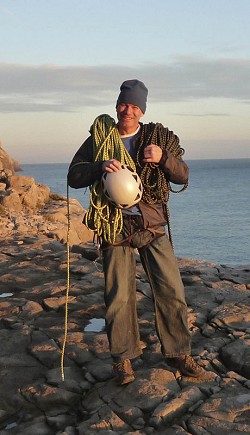
About Mark Glaister
Mark is a climbing writer and photographer who has travelled to crags near and far for 35+ years. Mark started out climbing at school with friends on the sea cliffs and inland crags of Devon. At 18 he packed up his flares and Whillans harness, tied back his long black hair (where did it go!) and headed for the North, living between the Peak and Dales before moving on to the Lakes for work where he was based for around 20 years. During the 90's, Mark with his then partner Emma travelled extensively spending 1995 to 2000 in a van in the States, Canada, Europe, OZ and New Zealand. The last decade has been a transient one hopping between the Lakes, North Wales, Devon and Lancs, with trips away mainly on guidebook (Rockfax) work or for articles to places such as Sardinia, Finale, Ceuse, El Chorro, Lofoten, Mallorca and Turkey.
- REVIEW: Virgin on Insanity by Steve Bell 15 Jul, 2016
- REVIEW: Edelrid Jay II and Jayne Harnesses 12 Jan, 2015
- ARTICLE: Five of the best VS Routes in the UK? 1 Dec, 2014
- REVIEW: Sherpa Lakpa Rita and KritiTech Shell Jackets 27 Oct, 2014
- REVIEW: Inner Hebrides and Arran Guidebook 4 Jul, 2014
- The Primus ExpressLander Stove 8 Feb, 2013
- REVIEW: Lightweight Sport Climbing Ropes 12 Dec, 2012
- The Beta Stick Compact 30 Nov, 2012
- REVIEW: Locking Gate Karabiners With Added Safety Features 27 Nov, 2012
- World Climbing: Rock Odyssey by Simon Carter 13 Mar, 2012

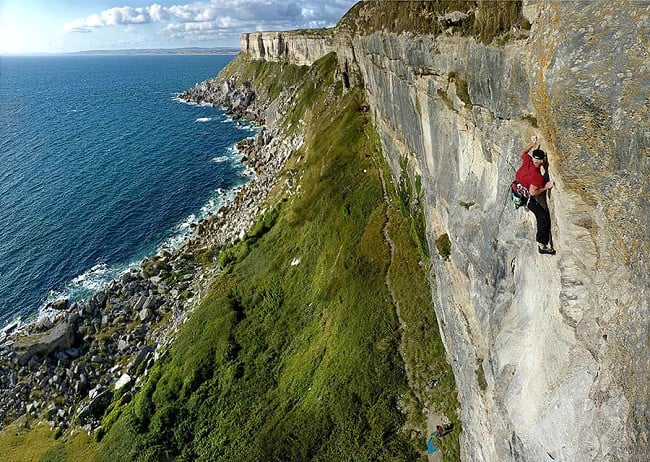


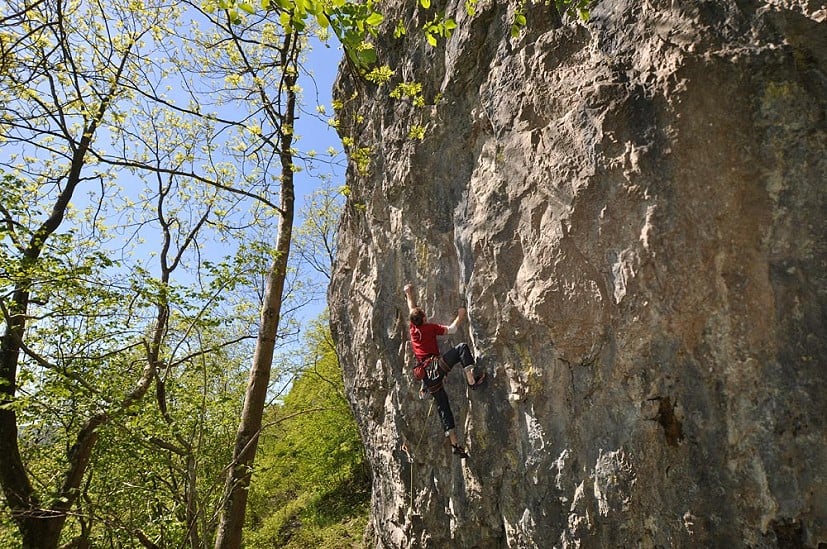
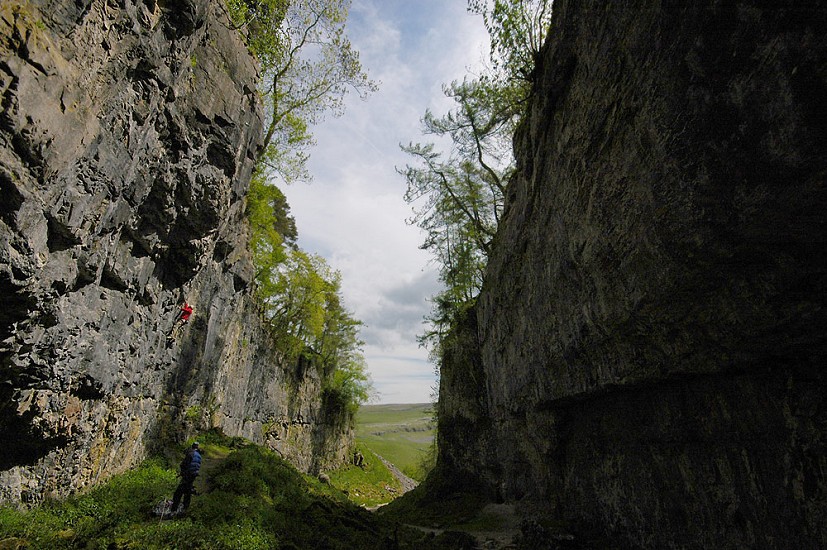
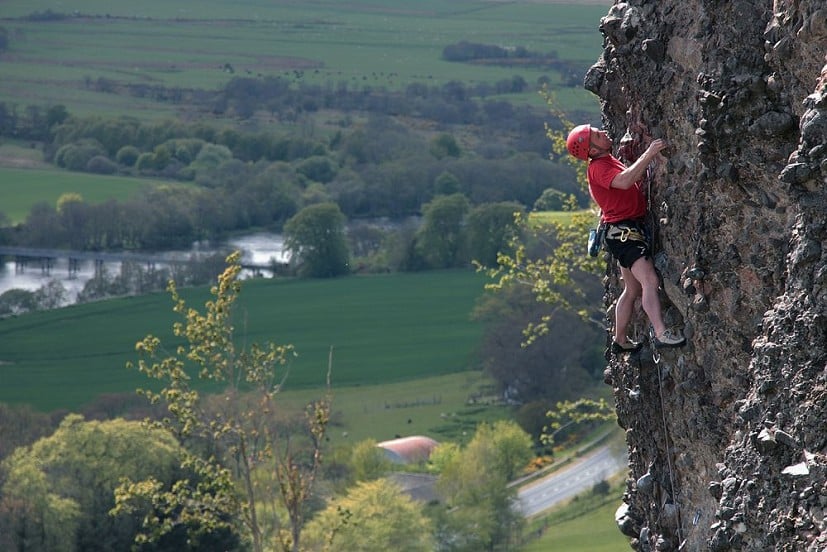

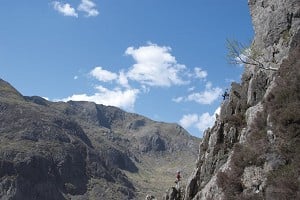











Comments